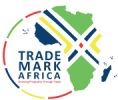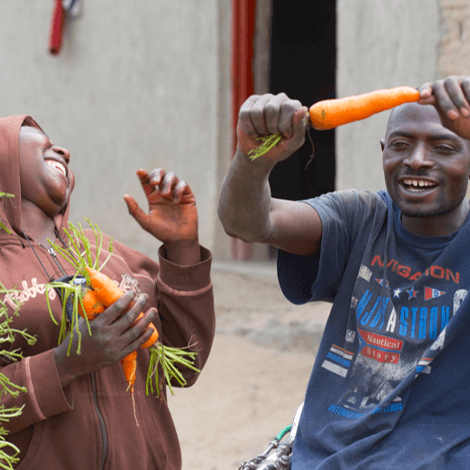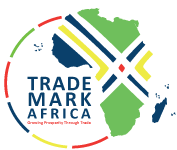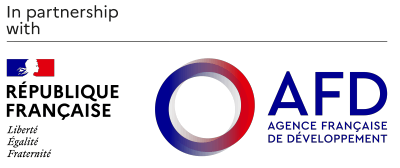THE East African Community (EAC) is optimistic of realising its integration agenda, with development partners injecting 500m US dollars in the past five years, to jack up the agenda. The figure entails both direct and technical support to various aspects of the EAC integration. Addressing the Second Community's Development Partners Forum here, EAC Secretary General, Ambassador Liberat Mfumukeko was confident about the prospects of realising the integration agenda, thanks to the support from development partners. "With this revamped collaboration, the EAC has been able to spearhead the integration agenda with remarkable speed," noted the Secretary General. The main contributors to the EAC Development Programmes include Germany, the USA through the United States Agency for International Development (USAID), European Union (EU) and the African Development Bank (AfDB). "The EAC has transformed itself from a loose co-operation framework into a fast-emerging, solid and dynamic regional economic bloc... it has also evolved strong institutions and vigorous programme delivery, which are already making an impact on the economies of the region," he said. The economic bloc was recently ranked as first among the eight Regional Economic Communities in the Africa Regional Integration Index Report. launched in Addis Ababa through the collaboration between the UN Economic Commission for Africa (ECA), the African Development Bank (AfDB) and the African Union Commission (AUC). Ambassador Mfumukeko, however, called for more partnerships with the business community and, in particular, the East African Business Council(EABC) in industrial development through investment in private sector development and improvement of business environment. The...
East Africa: EAC Integration Agenda On Course As Partners Pump $500m
Posted on: October 31, 2018
Posted on: October 31, 2018















